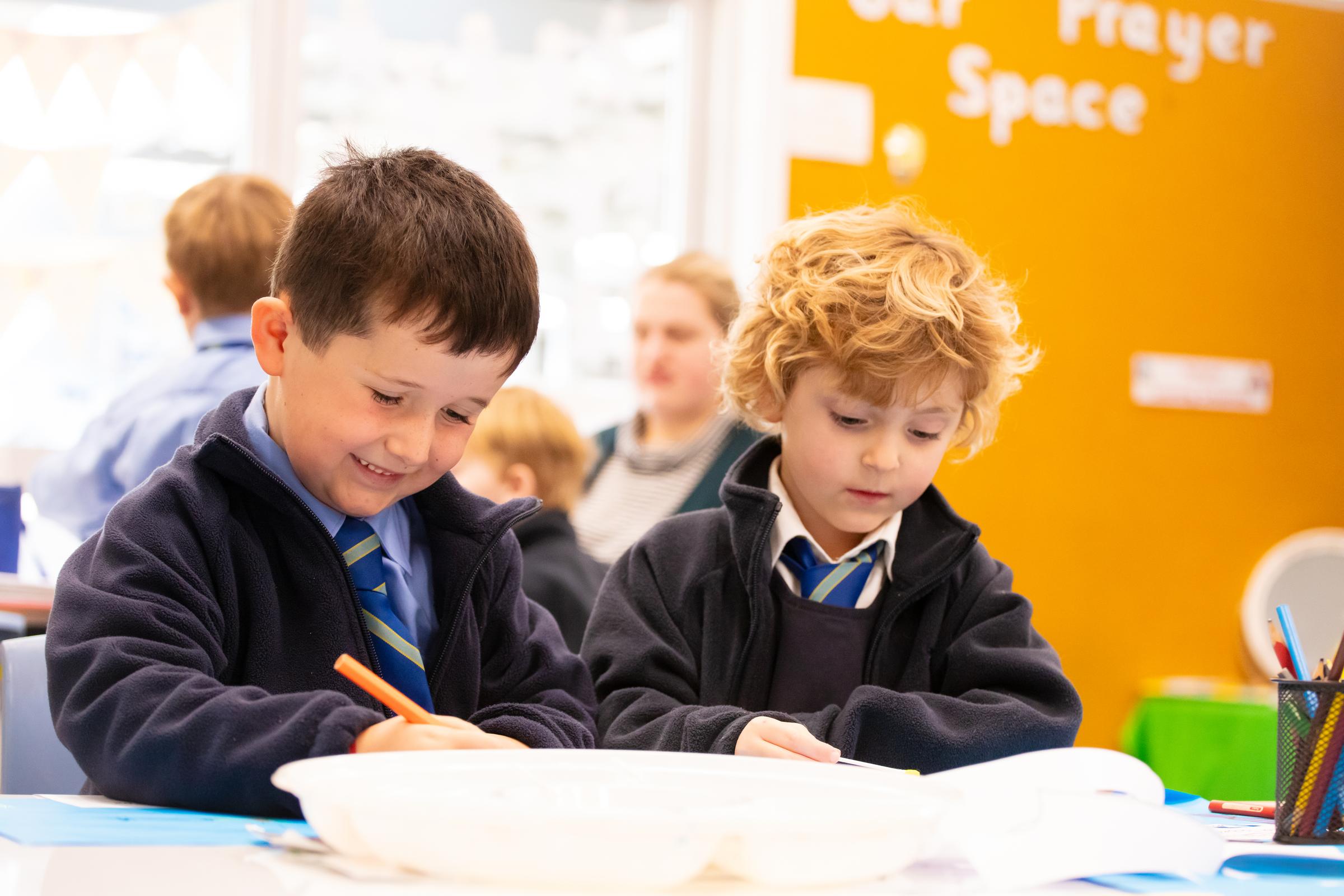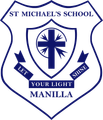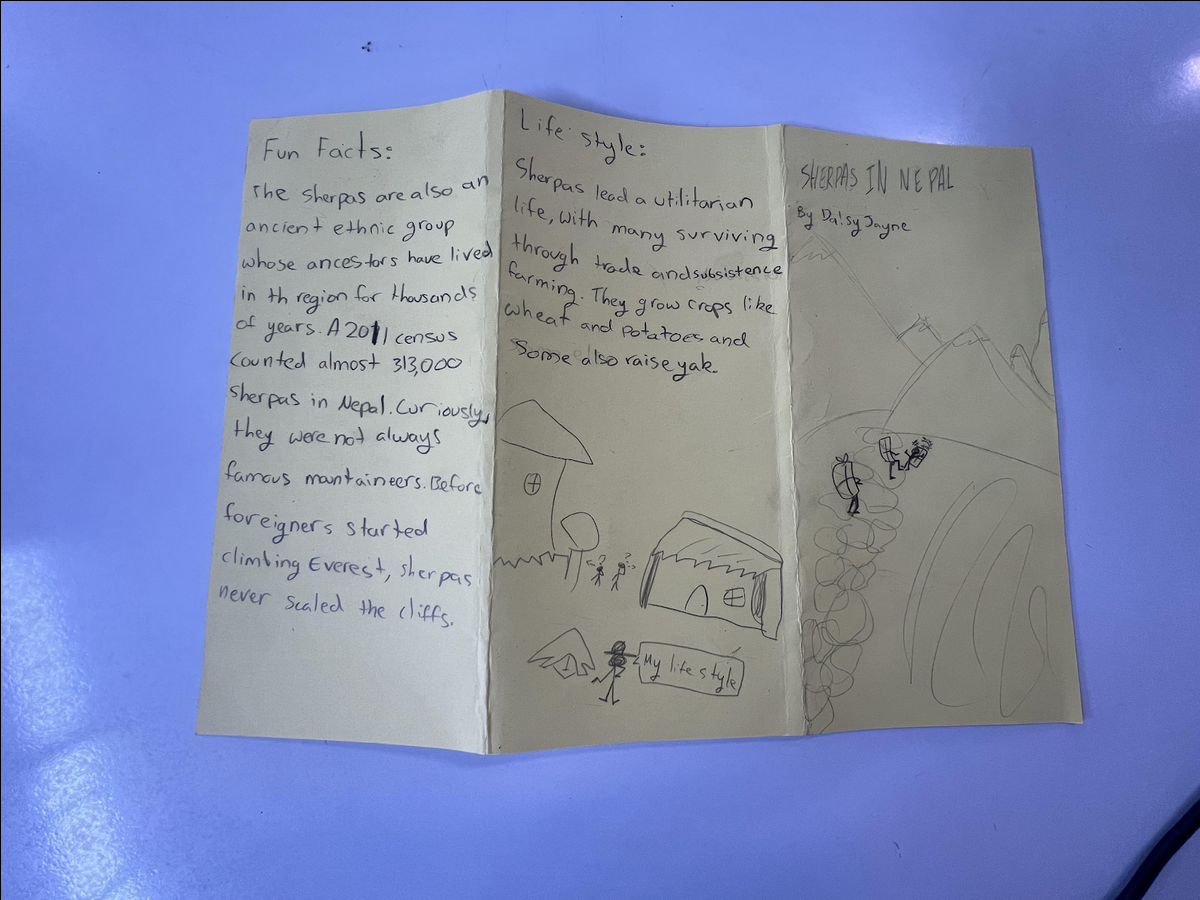Learning News

Learning News - Week 7
Over the past few weeks, and indeed all year, teachers have been collecting, collating and reviewing data, which not only guides the teaching and learning for their students, but also leads up to end of year reports. Teachers use a range of assessment tools such as formal assessments - PAT, NAPLAN, PM Benchmarks and Cold Writes as well as informal assessments - observations, checklists, student discussions and work samples, to name just a few. Once the data is collected the work begins. The teachers use all of this information to triangulate their data. This means they compare a range of data assessments to get a more accurate understanding of the student’s actual skills and understandings. It is a lengthy process, culminating in the end of year reports that you receive describing your child’s achievements. It is wonderful to be able to compare results from the beginning of the year to the end and to be able to celebrate the many successes of our students, from big to small. Well done everyone.
Kindergarten
For the last few weeks, Kindergarten have been learning to write Information Reports. We have learned about different animals and their physical features. Last week, we learned about Wombats. Did you know that wombats teeth never stop growing? Did you know that wombats have a backward facing pouch? We labelled a diagram of a wombat and also wrote some interesting sentences. Well done Kindergarten- Miss Fraser
Year 1
This week, Year 1 concluded their Science lesson by making bird feeders. As a class we have learned how to encourage living things to come into our school by making feeders or homes. We first brainstormed the type of birds that we see at school such as the Blue-Faced Honeyeater, Noisy Miner Bird and Rosellas. Next, we had to research what food they eat to make a bird feeder to attract these birds to their creations. Students worked in small groups to design, make and hang a bird feeder. Unfortunately we chose the rainiest week to hang them but we have learned that scientists go back to their design and suggest ways to improve their design e.g. using waterproof materials or hanging the feeder out of the rainy weather! Excellent production skills Year 1! Miss Myers.
Year 2/3
This week 2/3 have been continuing our exploration of Food and Fibre Production during our Science lessons. In our unit we have discussed processes involved in how food is produced and how it ends up on the shelves at supermarkets. In this week's lesson the students were tasked with finding out where some of our common household foods are produced. What a fantastic effort Year 2/3! Mr Beaumont
Year 4
In Dance, Year 4 has been learning about Australian bush dances. Students began their unit by learning about the six main elements of dance and then discussed the cultural importance of Australian bush dances. They then began learning a variety of bush dances including ‘Heel and Toe’, ‘The Queensland Backstep’, ‘Strip The Willow’ and ‘The Barn Dance’. Year 4 has had a wonderful time working with their peers and performing some challenging, new dance moves. Fantastic work Year 4! - Mrs Gall and Miss Maunder
Year 5/6
In Geography, Year 5/6 has been studying the lifestyle of people living in different countries throughout Asia. As a class, we watched a video of the Bangkok Markets with a live train track running through the middle, the Himalayan Sherpas working as a rescue team on Mount Everest and the Indonesian Sulphur miners. Students then chose one country to focus on and created a brochure outlining what life might be like for people living there. Informative work Stage 3! - Miss Summerell & Miss Rasche
Numeracy News Term 4, Week 8
Just by comparing items around the home, your child can begin to understand some basic principles of measurement:
• Sometimes, we can estimate an amount. We don’t always need an exact measure.
• The same object can be measured in different ways.
• A measuring tool needs to be used the same way each time.
Children need to play with a variety of materials and containers for filling, packing and pouring before they can move to using formal units such as kilograms and grams. They need to understand how things can be packed together to fill a container and which materials are better for packing.
Gather containers, boxes and packages from the cupboard. Ask your child to put them in some type of order (for example, taller and shorter, holds more and holds less, empty and full, heavier and lighter).
Gather empty containers of all sizes and a coffee scoop, a plastic cup or the scoop from a box of laundry soap. Have your child use sand in a sandbox or water in the sink to measure and compare the internal volume (capacity) of several containers. Have your child count and compare the number of scoops or cups it takes to fill each container. Ask, “Which container held the most? Which one held the least?”
Give your child different sized plastic cups and a large plastic container to play with in the bath. Encourage your child to guess how many of each cup will be needed to fill the container.
Encourage your child to pack away their own toys and books. Talk about how things will fit better depending on the way they are stacked or placed.
Kinder
This week Kindergarten have been exploring Volume & Capacity. The children have learned that anything that has space inside an can be filled, like a container, a glass or a pool, has capacity. We have been using terms like ‘empty’, ‘half full’ and ‘full’ to describe capacity. We have used kinetic sand and sand from the sandpit to experiment with different sized containers with different capacity. We have measured how many times it took a smaller container to fill a large container. Good job Mathematicians- Miss Fraser
Year 1
This term in Maths, Year 1 students have collected and displayed lots of different data. First we learned how to use tallies to keep track of everyone’s answers for many rounds of ‘would you rather’. Can you guess if Year 1 prefers Fairy Floss or Freakshakes? Next we brought out our favourite snack in our lunch box and tried to find different ways to group the different foods including healthy and unhealthy, and the shape of the packaging. We discovered that a lot of food packaging uses squares! Then we went outside and sorted some of the sports equipment to see which body part we mainly use to play at lunch time. Year 1 also learned to use pictures to show the data and we displayed the colours of the m&ms in our packet and the birthdays in each month. Outstanding work Year 1! Miss Myers
Year 2/3
This week in Maths Year 2/3 have been focusing on our length measuring skills. As part of our learning we have discussed what length is and began by using uniform informal units of measurement (concrete materials). As we have progressed through our unit we have started to use more formal units of measurement such as metres and centimetres. In the activity shown below the students measure a range of lines marked out with tape on the classroom floor. Using informal measurements they had to estimate the length and then measure. Keep up the fantastic work Year 2/3. Mr Beaumont
Year 4
In Mathematics, Year 4 has been learning about volume and capacity. Students used their knowledge of volume to extend their learning by creating 3D objects using connectable blocks. They then had to calculate the volume by counting the number of blocks. Students represented their learning by creating a think-board which consisted of them making the object, drawing the object, writing the number of blocks and then writing the measurement. Great work Year 4! - Mrs Gall & Miss Maunder
Year 5/6
Stage 3 has been learning to measure the volume of 3-dimensional objects. Students used blocks to make rectangular prisms with a variety of volumes and record using the correct units of measure. In groups, students explored how rectangular prisms with the same volume may have different dimensions. Fabulous work Stage 3! - Miss Summerell & Miss Rasche








































